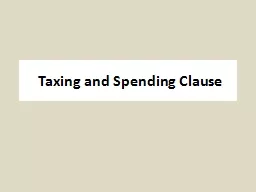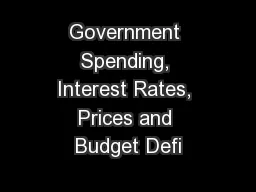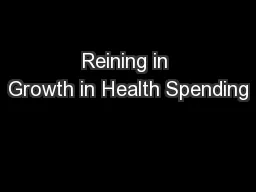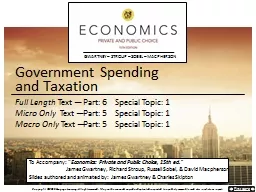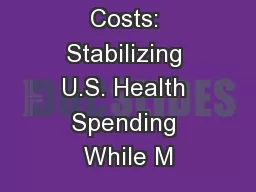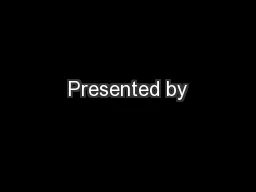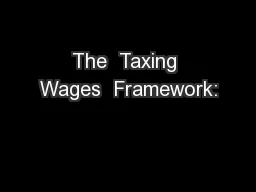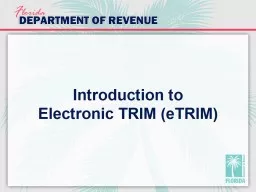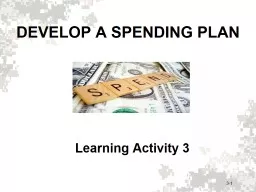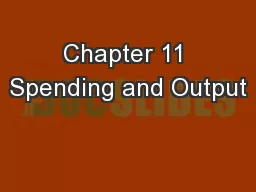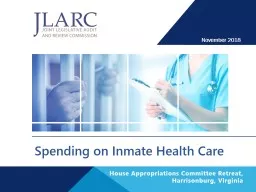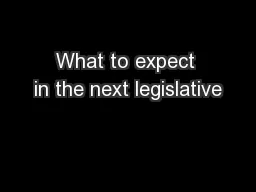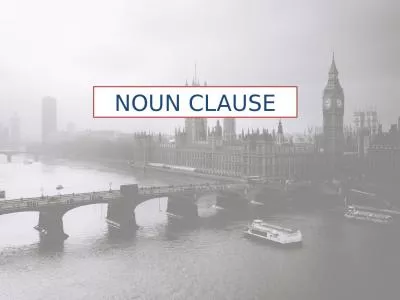PPT-Taxing and Spending Clause
Author : jane-oiler | Published Date : 2016-07-26
Art I Sec 8 Clause 1 The Congress shall have Power To lay and collect Taxes Duties Imposts and Excises to pay the Debts and provide for the common Defence and general
Presentation Embed Code
Download Presentation
Download Presentation The PPT/PDF document "Taxing and Spending Clause" is the property of its rightful owner. Permission is granted to download and print the materials on this website for personal, non-commercial use only, and to display it on your personal computer provided you do not modify the materials and that you retain all copyright notices contained in the materials. By downloading content from our website, you accept the terms of this agreement.
Taxing and Spending Clause: Transcript
Download Rules Of Document
"Taxing and Spending Clause"The content belongs to its owner. You may download and print it for personal use, without modification, and keep all copyright notices. By downloading, you agree to these terms.
Related Documents

